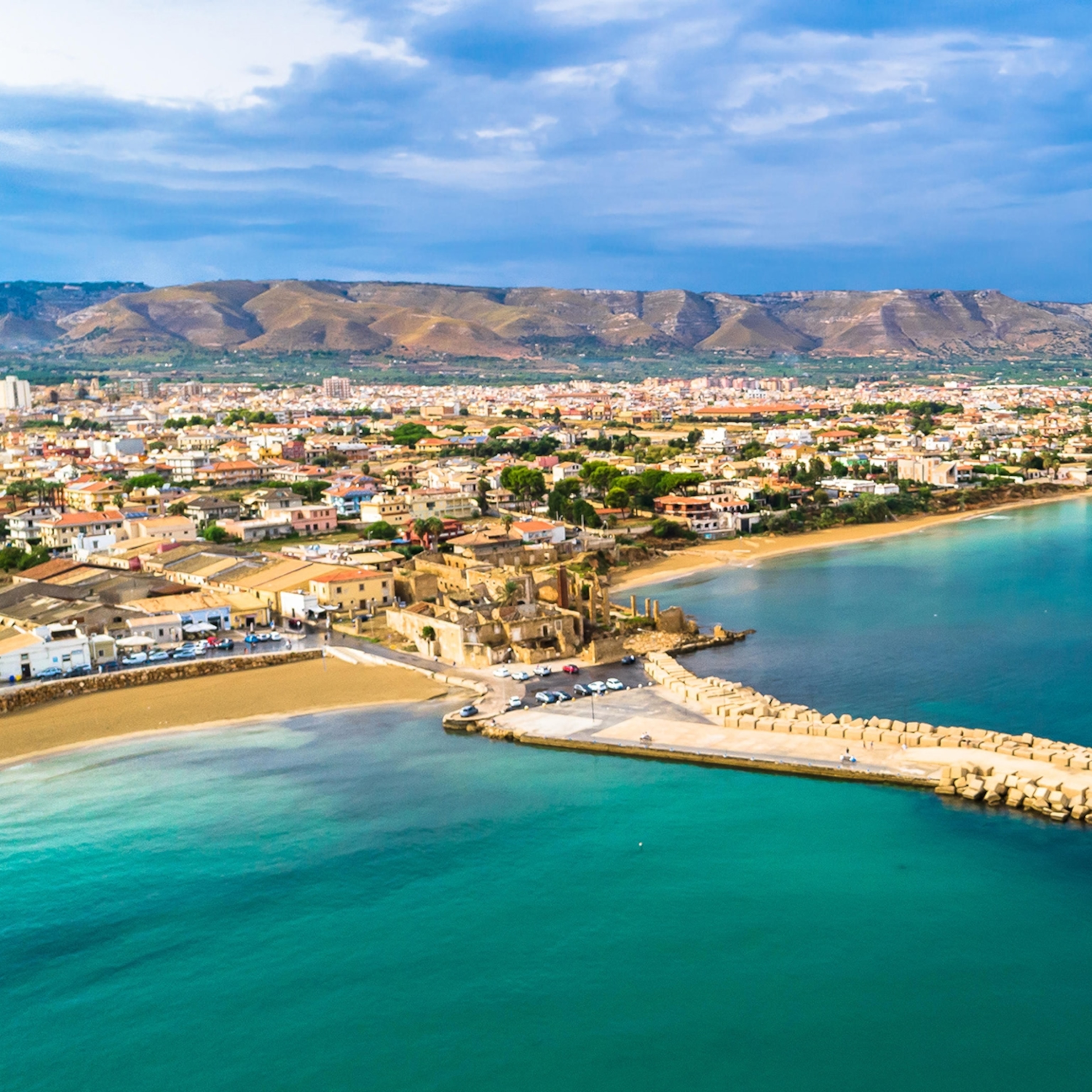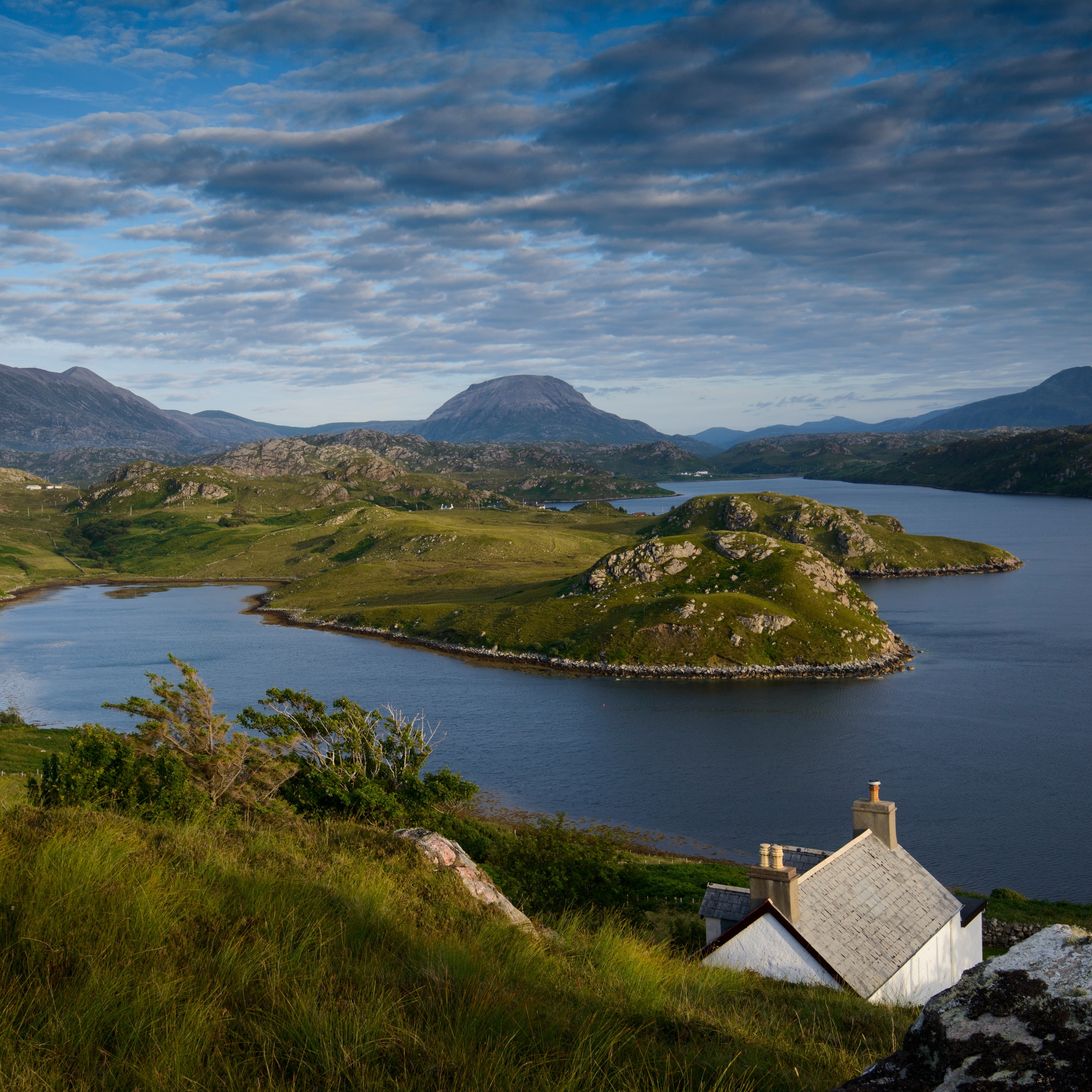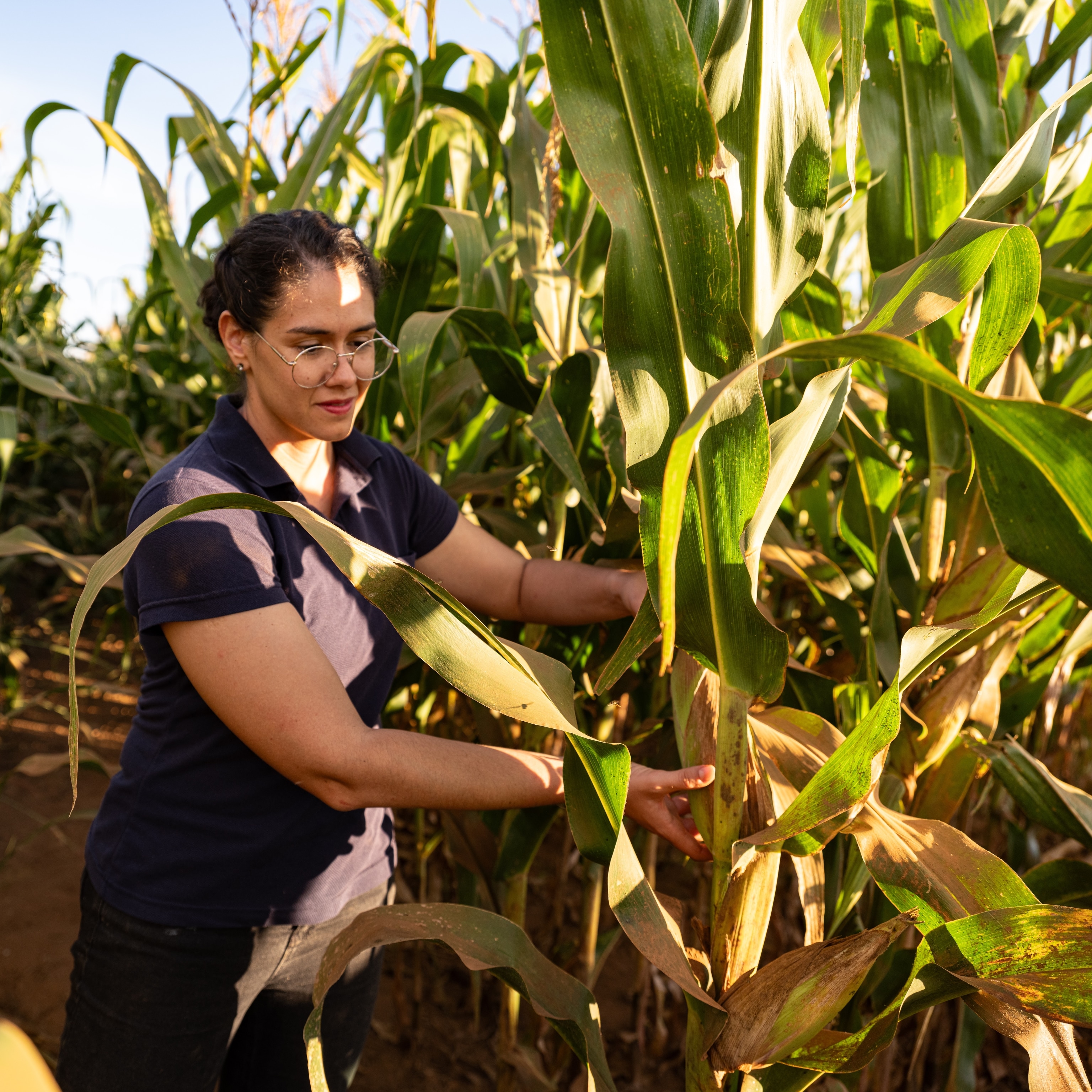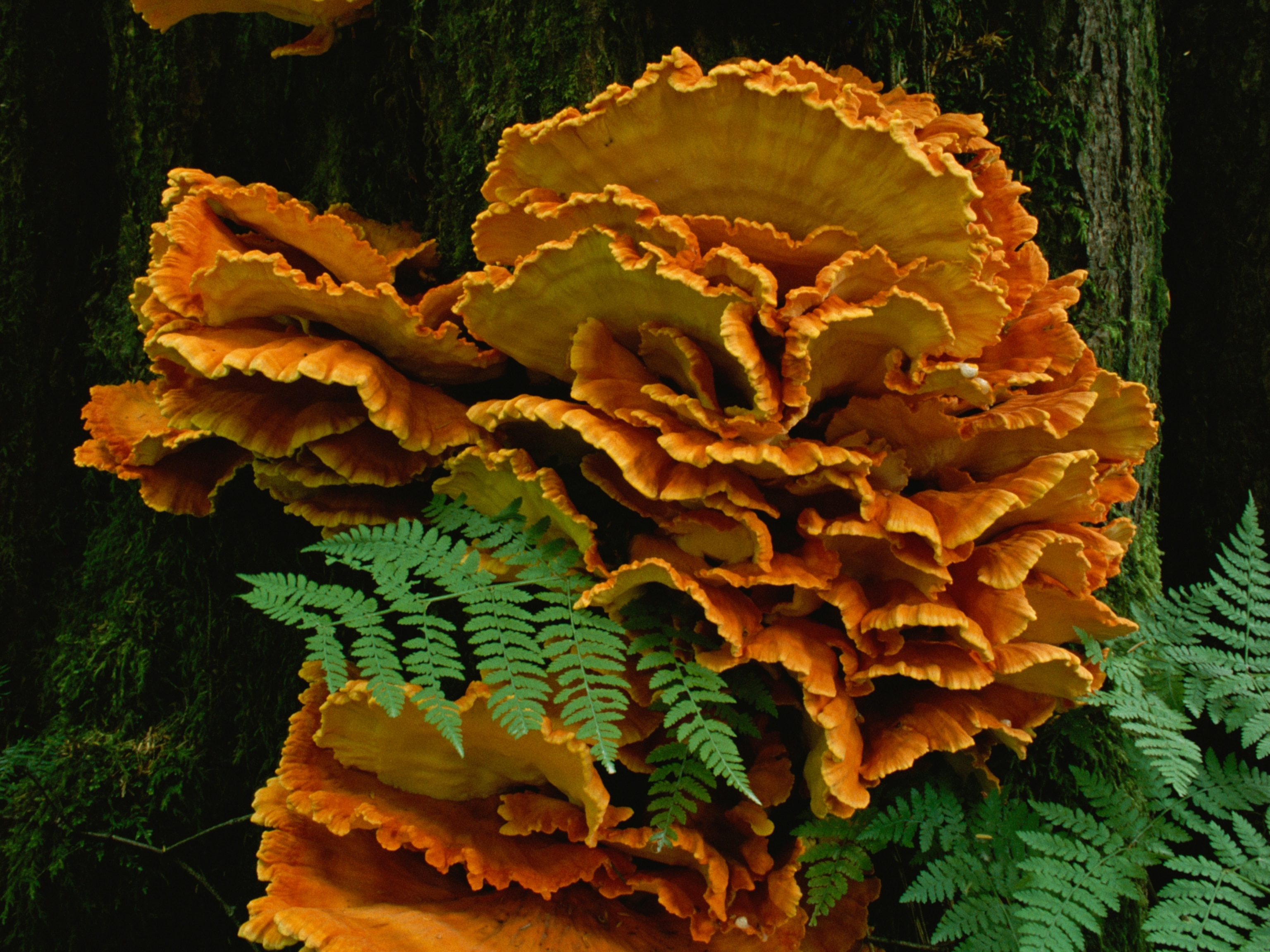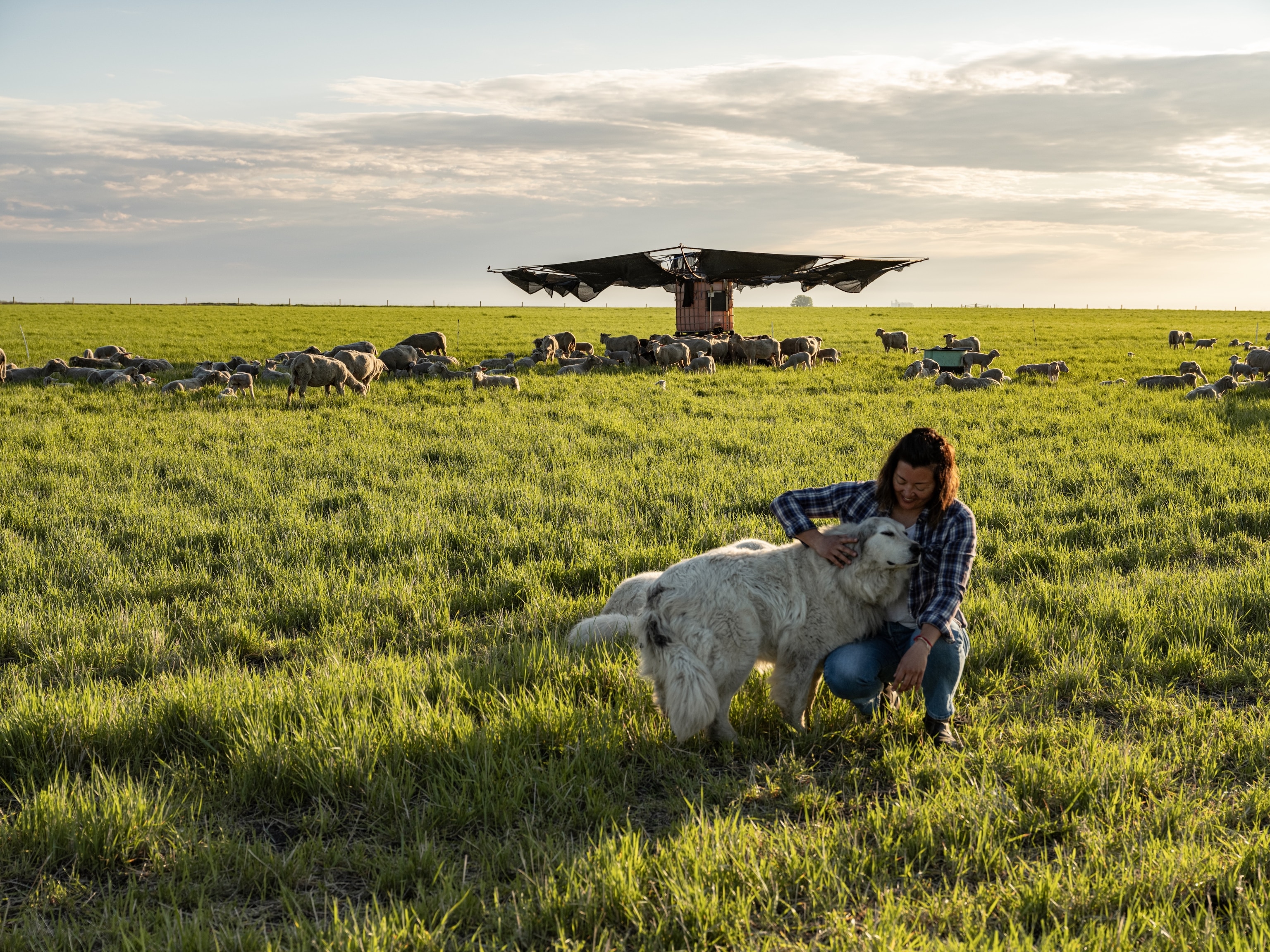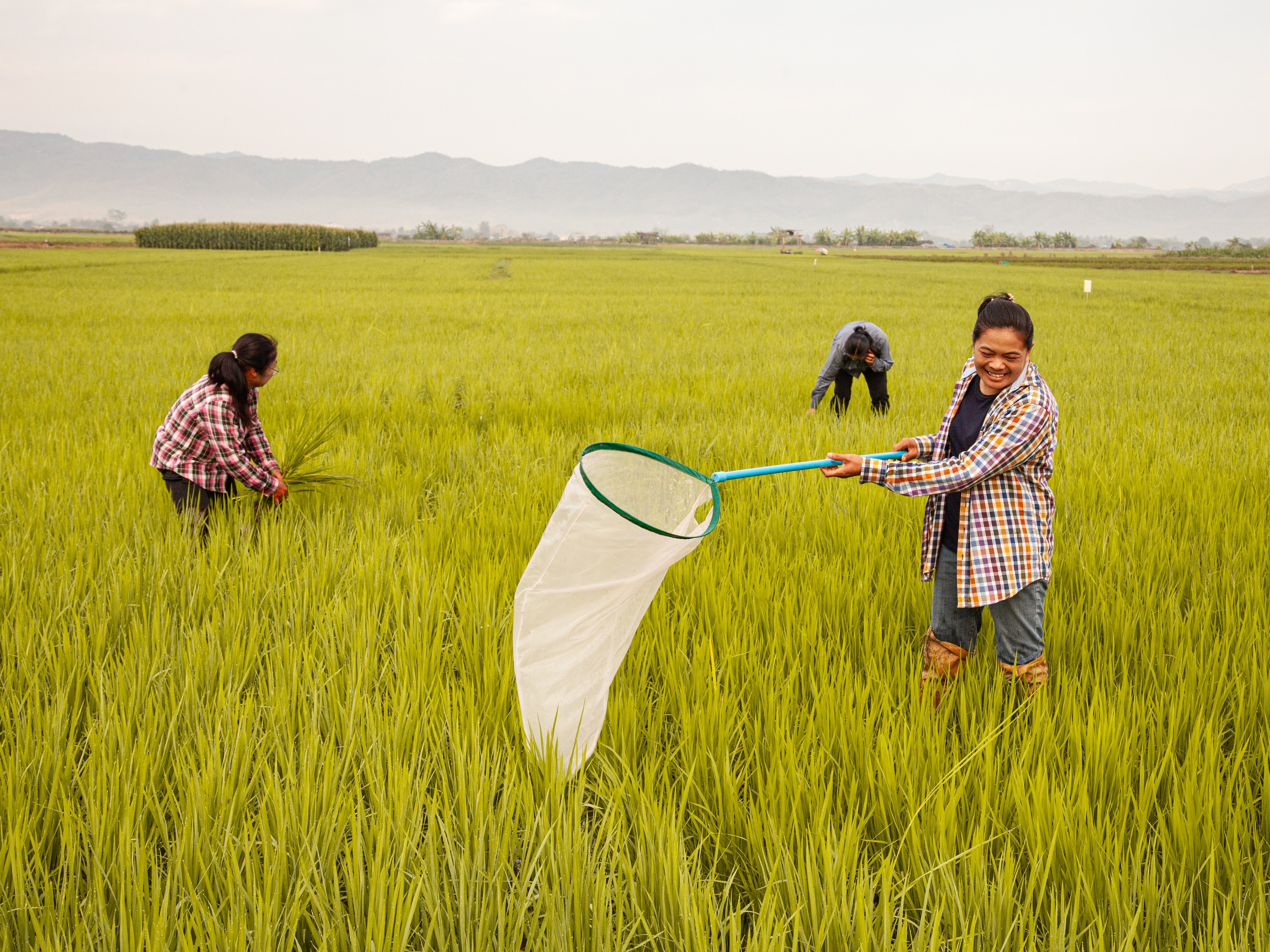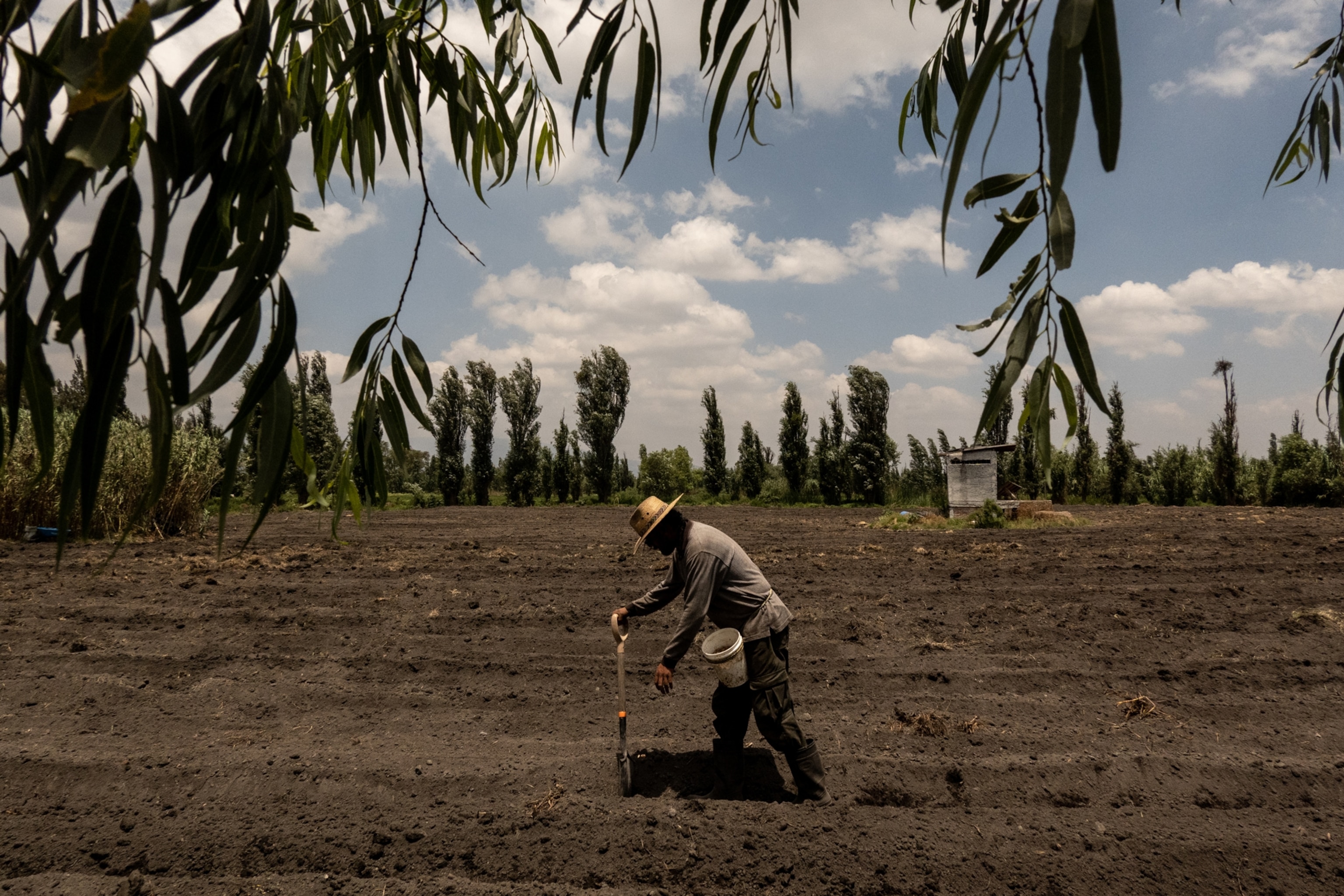
In Mexico City, the pandemic revived Aztec-era island farms
See how the city's residents sought out chinampas, human-built islands that once fed several hundred thousand people, for sustenance and solace during COVID-19.
Xochimilco, Mexico City — In Mexico City’s massive Central de Abastos market, the largest produce market in the world, you can walk for 10 minutes along a half-mile-long corridor filled only with bananas. Down another of the market’s eight hallways, millions of onions balance precariously; down a third, lettuces are stacked taller than their sellers. Enough produce flows through these halls to feed some 30 percent of the 22 million residents of this capital city. It’s a showcase for modern agricultural supply chains.
Just a few miles south in the Xochimilco neighborhood is a totally different kind of produce mecca—one more than a thousand years old. Here, in a wetland cut through with spidery canals and packed with wildlife, farmers like Miguel de Valle still farm by hand on the chinampas, artificial islands first built by the predecessors of the Aztecs from the mud of what was then a vast shallow lake.
Before the Spanish Conquest, the super-productive chinampas formed the backbone of the Aztec city’s food supply. The soil was so rich and growing techniques so effective that they fed hundreds of thousands. But over centuries, and most noticeably in the last few decades, the encroaching metropolis and cultural shifts away from local food production sharply diminished them.
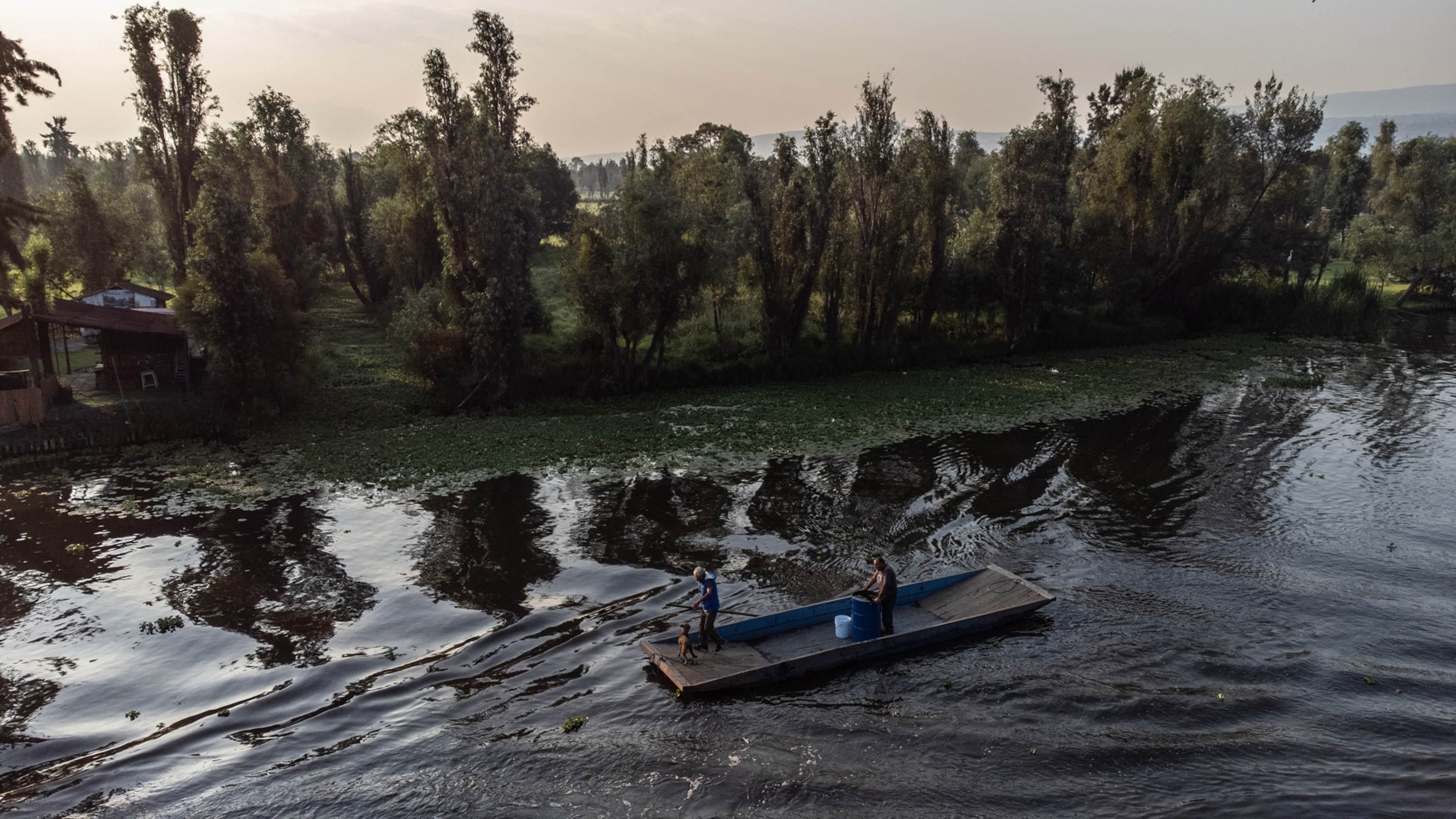
Today, though about 5,000 acres of chinampas still exist, only about 2.5 percent are used for traditional agriculture. The area is instead best known as a popular tourist attraction, one that on weekends and holidays is bustling with neon-painted party boats.
But a fervent group of boosters, including de Valle, think that reviving the old tradition is both possible and necessary. “We have to protect this manner of farming,” de Valle says. “My goal is to conserve what people have been doing here for hundreds of years.”
(Aztec, Maya Were Rubber-Making Masters?)
Doing so, he and others say, could help improve the megacity’s food security, enhance its environmental sustainability—the chinampas are a cooling oasis and a haven for wildlife—as well as preserve its deep cultural heritage.
The COVID-19 pandemic gave chinampa proponents an unexpected boost: When food supply chain disruptions and lockdowns shut down produce flows to the city, chinamperos connected directly with customers, boosting their profile and sales—and reminding consumers that there is a long, storied agricultural legacy within their own city limits.
“We have a food-growing tradition of hundreds or thousands of years,” says David Monachon, a social sciences researcher at the National Autonomous University of Mexico. “There’s nothing alternative about this. It’s the historical legacy. This is the normal thing.”
A shifting food landscape
Mexico’s rich food culture has touched nearly every part of the world: It’s not surprising to find tacos in Norway or salsa in Senegal.
But today, much of Mexico’s own food comes from elsewhere. It buys more than $2.5 billion of American corn each year (most for livestock feed, but some for direct consumption). A lettuce eaten here may have come from Chile.
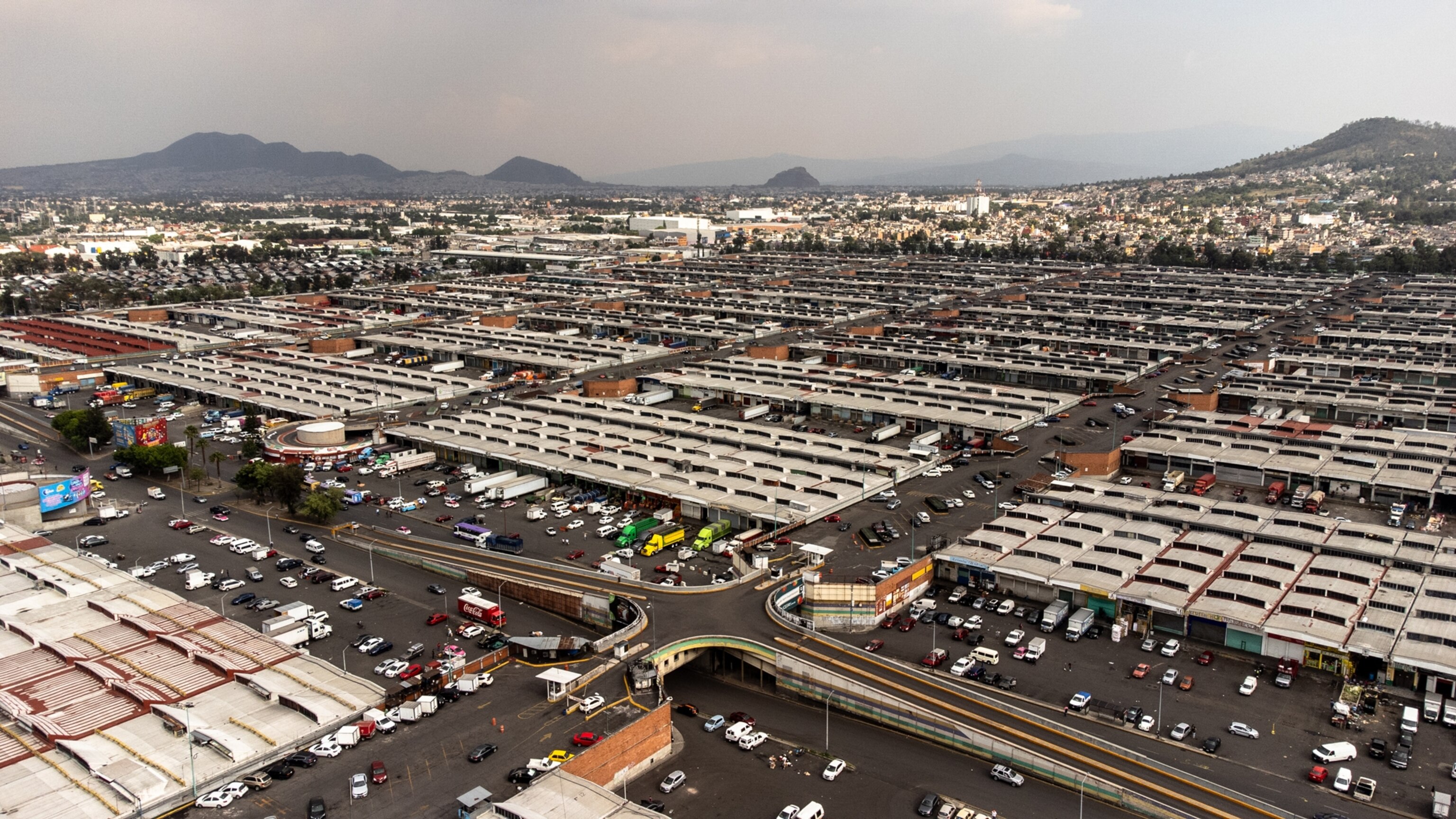

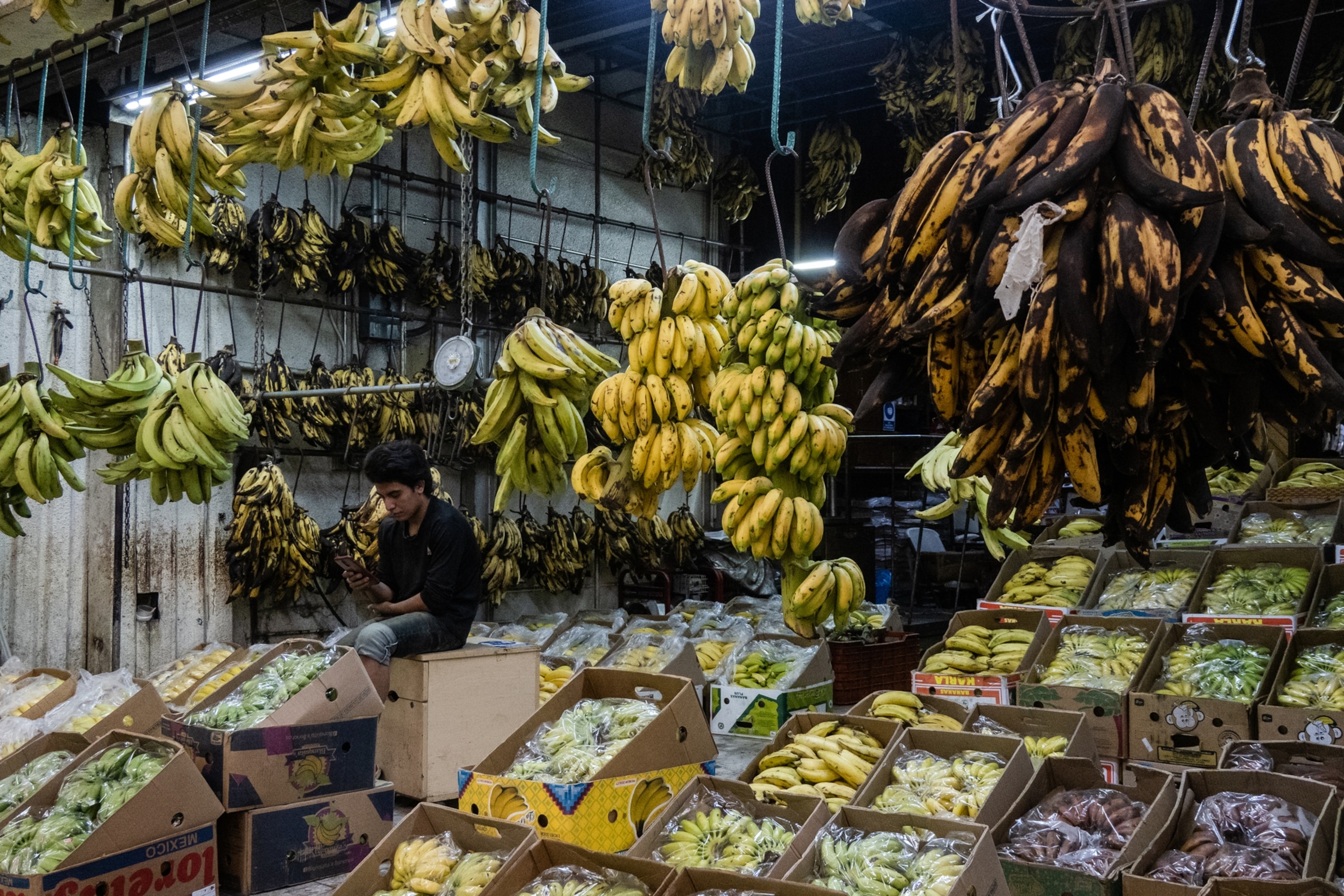
Until the middle of the 20th century, traditional diets of domestically produced corn, beans, chiles, squash, and more were still the norm. But social and political shifts toward a more “modern,” globalized, and urbanized economy, starting in the 1940s, pushed people toward industrially produced foods sourced from far away. Trade deals like NAFTA incentivized growers to expand and sell across borders, and encouraged millions of agricultural workers—including many chinamperos—to cross the border to the U.S. That fundamentally reshaped the Mexican agricultural economy and drove a massive dietary and cultural shift.
In the rapidly growing capital city—whose population exploded from about 3 million people in 1950 to roughly 22 million today—many began to eschew local produce, turning instead to the cheap, abundant new foods and products available in shiny new supermarkets or in the vast Central de Abastos.
As the food system morphed, so did the chinampas.
A long agricultural legacy
Before Spanish colonizers arrived, a complex of five lakes spanning about 2,000 square miles covered the valley that is now home to Mexico City.
As the story goes, over 1,000 years ago, the Xochimilca people arrived from over the mountains to the west, searching for new food sources. When they clambered down to the lake, their leader, Acatonallo, recognized its potential: Only a few feet deep, its sediments nearly black with organic matter, it was perfect natural fertilizer. He experimented, building a small cube of repeated layers of sediment, willow branches, and rocks, “like a lasagna,” explains Francisco Juárez Rodriguez, a biologist at the nonprofit Humedalia, which spearheads local ecological restoration efforts. Then Acontonallo planted some seeds. They grew exceedingly well.
So he sent his people out to build larger versions throughout the lake complex—thousands of acres of islands in neat grids with canals in between, their sides planted with willow trees to keep them from slumping away. On these islands, the Xochimilca began an aggressive agricultural campaign.
The chinampas, each typically just a few hundred square yards, were unusually productive. Because the weather was mild year-round, growing never had to stop. The soil the farmers scooped from the canal bottoms was rich with nutrients from fish poop and other organic material. And there was obviously no shortage of water.
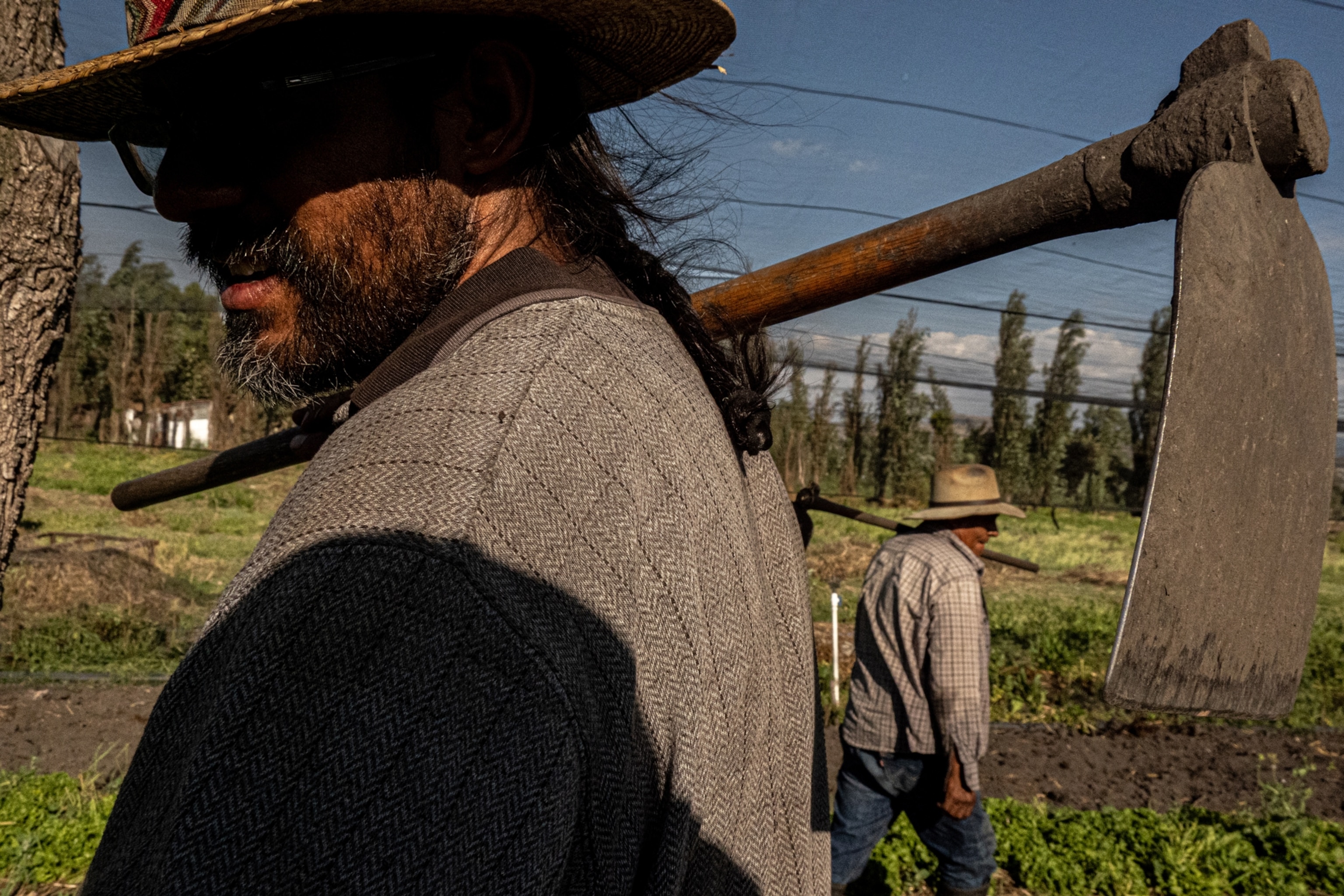
The farmers soon developed a strategy of starting seeds ahead of planting, using the fertile canal sediments in compact mini-beds near the island edges. That let them start hundreds of plants in a small area and keep a constant supply of new seedlings ready to go.
They’d scoop up the fine sediment and spread it in a layer about two inches thick and let it dry until it was just set. Then they’d use a rake, with tines like a fork, to etch out a grid of square soil clumps roughly two inches across. Finally they’d poke a finger in each little cube, put a seed in it, and let it grow for a few weeks. They called each little square a chapín.
When they were ready to plant the full-sized bed, they’d break apart the individual chapínes and transplant them. They fertilized with that same canal sediment and compost (in Aztec days they used human waste); covered the seedlings gently with native straw and reeds to protect them from the sun and trap humidity, and controlled pests with sprays made from chiles ground and soaked in water.
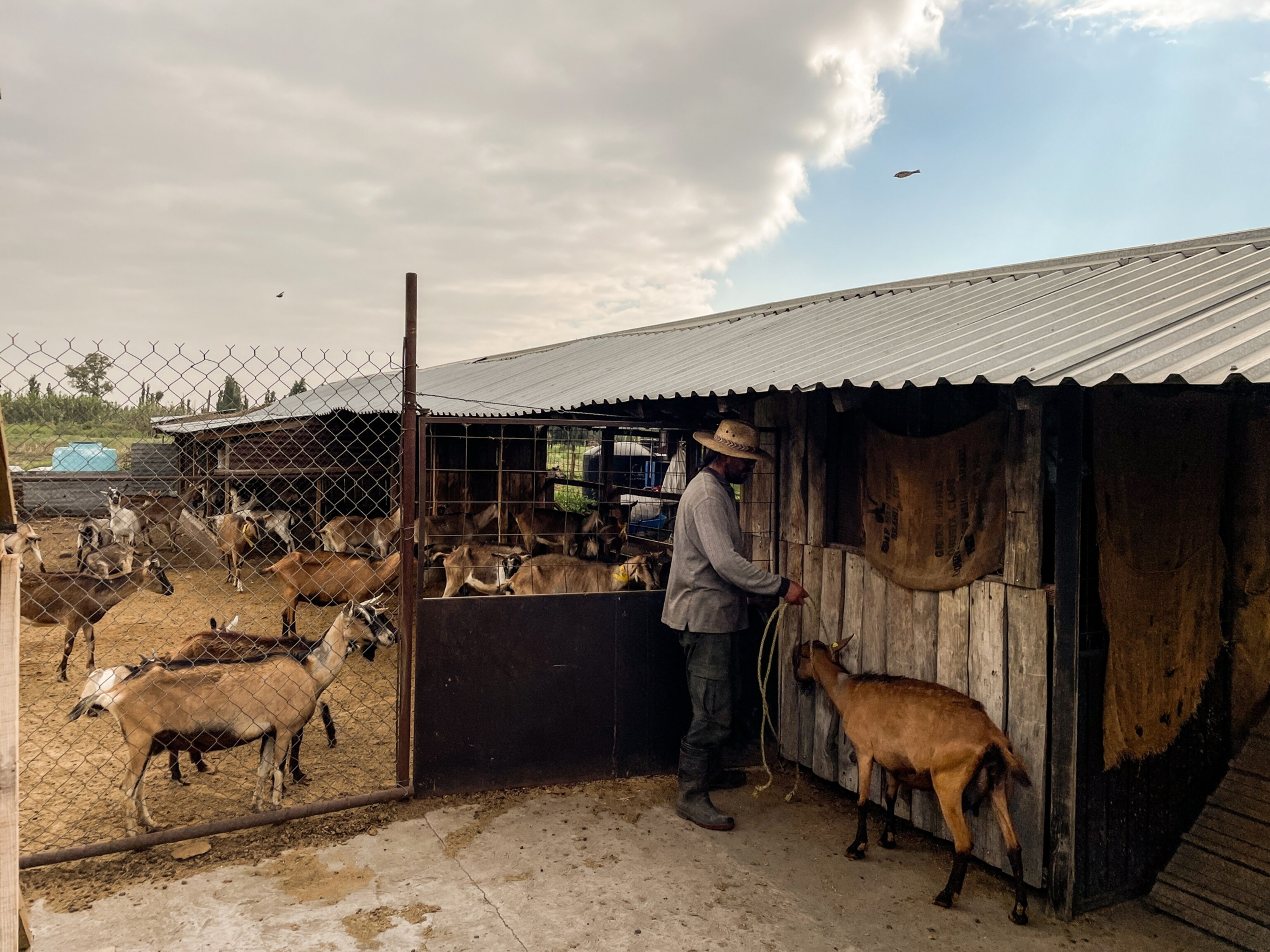
They still rely on these same strategies today, says de Valle, hefting one of the rakes he uses to score soft mud into chapínes on his family’s half-acre chinampa.
“These techniques are already disappearing. But this is very effective,” he says. “It’s the most local way of feeding people.”
De Valle gently presses a seedling into the rich, nearly black soil. His chinampa is loaded with produce: corn and lettuces, squashes and herbs—enough, and enough variety, for a whole meal. Cranes and egrets stalk the shores nearby; a monarch butterfly flits past. Endangered amphibians called axolotls sometimes appear in the canal running through the farm.
It’s not just the farming techniques he wants to protect, says Don Miguel: it’s the whole interconnected system.
Persistence, up to a point
By the height of the Aztec empire, long after the Aztecs had conquered the Xochimilcas, the chinampas were providing beans, corn, squashes, greens, and more for an estimated few hundred thousand soldiers and city dwellers in Tenochitlan, which was then the largest city in the Western hemisphere. The chinampas survived the devastation wrought by Spanish colonizers, when the lakes in the valley were partially drained to expand dryland agriculture, with the addition of European crops. They persisted through the modernizing dictatorship of General Porfirio Diaz, from the late 1800s to early 1900s, when Lake Xochimilco’s water began to be siphoned away to feed the growing city’s demands.

And they have persisted even until now, through explosive metropolitan growth. But while the human-built islands remain, the culture for many of the chinampas, and the chinamperos that work them, has frayed.
Today, researchers estimate that as many as 90 percent of the chinampas in the Xochimilco and San Gregorio barrios have been abandoned. Some near the edges have been converted to soccer fields or built upon, but most are simply empty.
Of the islands that are still farmed, many are farmed conventionally, using copious fertilizer and pesticides. Lettuce, the most common produce, is usually sold wholesale for a few pesos a head each (about $0.25) to buyers in the Central de Abastos.
In contrast, de Valle and a cadre of others are working from the old agricultural model—updated for a more complicated market. They still dredge sediment for new chapínes every month and turn all their own soil by hand, says Victor Velasco, a 3rd-generation chinampero, because the soft soil compresses under the weight of heavy machinery. They still paddle tippy canoes to and from the fields.
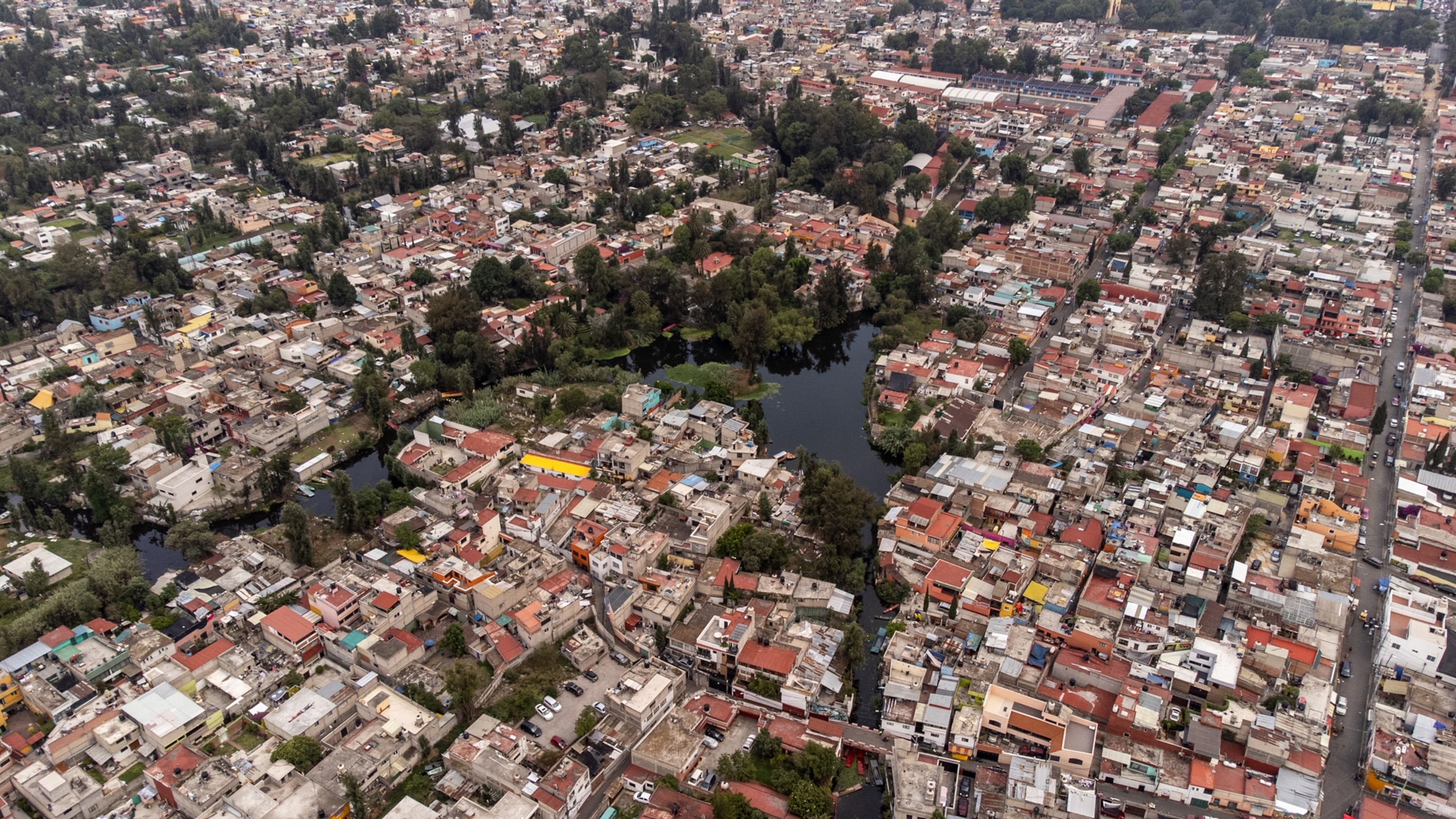
But they also have found modern ways to make their products competitive in the rarefied world of farmers’ markets, home-delivery services, and high-end restaurants—the only places, currently, that will pay the 20 or 25 pesos (roughly $1) the chinamperos ask for a head of lettuce.
Even so, the margins are thin, says Darío Velasco, Don Victor’s son, as he milks a bleating goat on the family’s chinampa. But to him, the work is as much about stewardship—of the place, the history, the techniques, the art of growing good food—as it is about profit.
The chinampas are a haven
The chinampas are by no means “natural.” But they are still a critical part of Mexico City’s environment. Internationally protected as a UNESCO heritage site and valuable wetland, they’re a key stopover for migratory birds and home to many local species. They’re the only place in the wild, for example, to find the critically endangered axolotl, a remarkable amphibian that can regenerate entire limbs with ease and has proven critical to modern medical research.
What’s more, the cooling capacity of their network of canals keeps temperatures in check not only in Xochimilco but across the city; estimates suggest losing the wetland zone could drive local temperatures up by several degrees Celsius and cut rainfall by as much as 40 percent.
“We have all benefited from Xochimilco, but we’ve also pressed it to the limit,” says Luis Zambrano, a biologist who has been working in the area for over a decade. Partnerships with chinamperos, he has found, can reap environmental dividends. For example, axolotls that struggle to survive in the canals, where introduced carp and tilapia prey on them, find refuge on chinampas, in mini-canals that are screened off from the main ones.
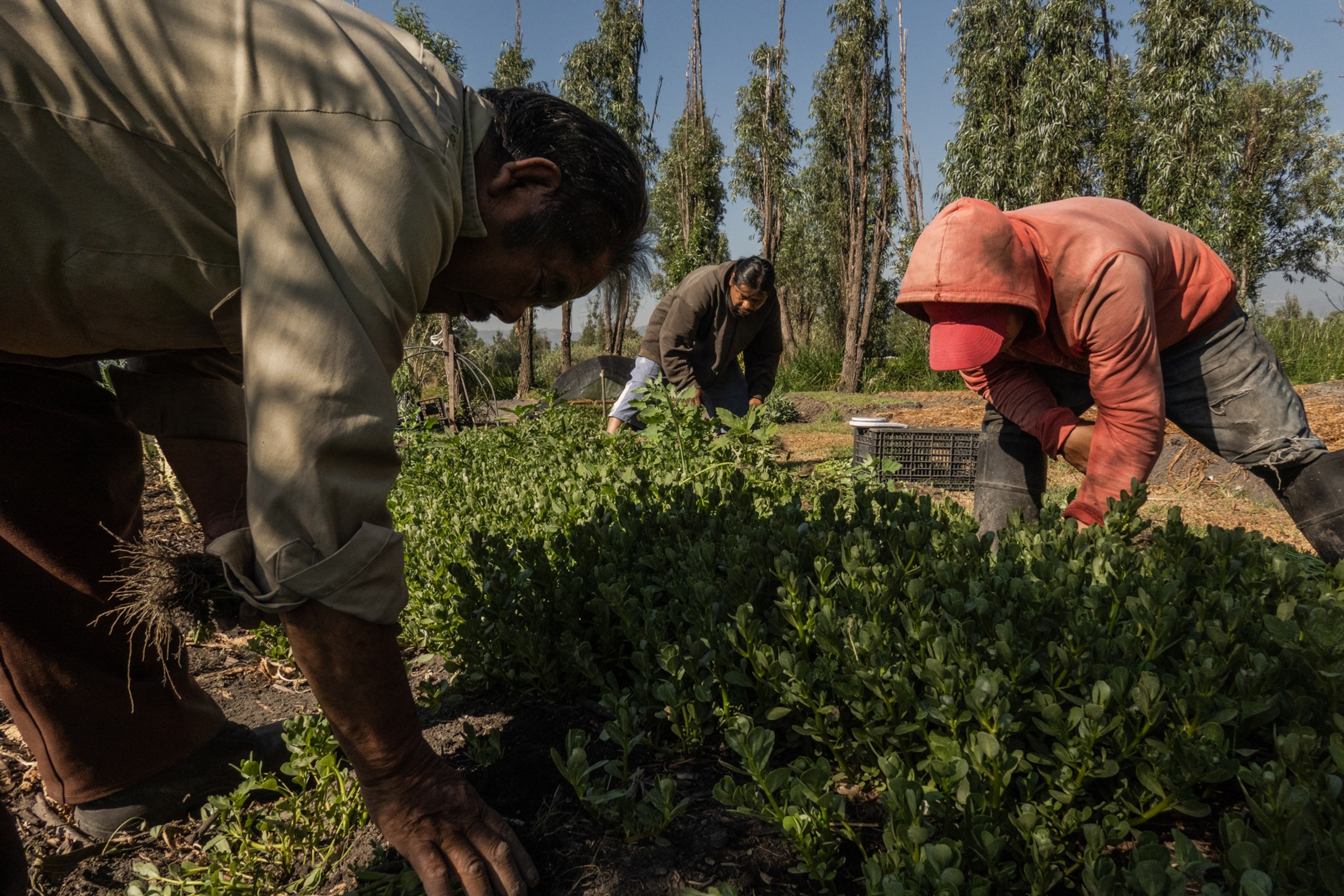
Alternative uses of the chinampas—for buildings, party sites, or biologically inert soccer fields—are almost all worse for the environment than careful farming, Zambrano says. “The biggest threat is the city,” he says. Houses, often with no wastewater systems, are quickly creeping into abandoned areas along the wetland’s edge.
The challenge, says Lucio Usobiaga, the director of Arca Tierra, a nonprofit dedicated to supporting and championing the chinampas, is to make them ecologically and economically viable, so that they aren’t perceived as useless empty space. Organizations like his work hard to help interested farmers transition to sustainable practices—but just as important, to convince the rest of the city of the chinampas’ importance.
“We need to change the way they are seen and valued, because their value is much more than just vegetables,” he says.
Pandemic renewal
That’s a tall order. No one knows how many chinamperos still work on their ancestral lands. But it’s undoubtedly a much smaller number than it was even 30 years ago, says Don Victor as he paddles a wobbly turquoise canoe toward his family’s chinampa, a 40-minute commute from his home at the edge of the wetland.
But the COVID-19 pandemic had several unexpected effects. First, supply chain disruptions and pandemic lockdowns left Mexico City desperately short of produce. In that void, many residents remembered their own local Eden: the chinampas.
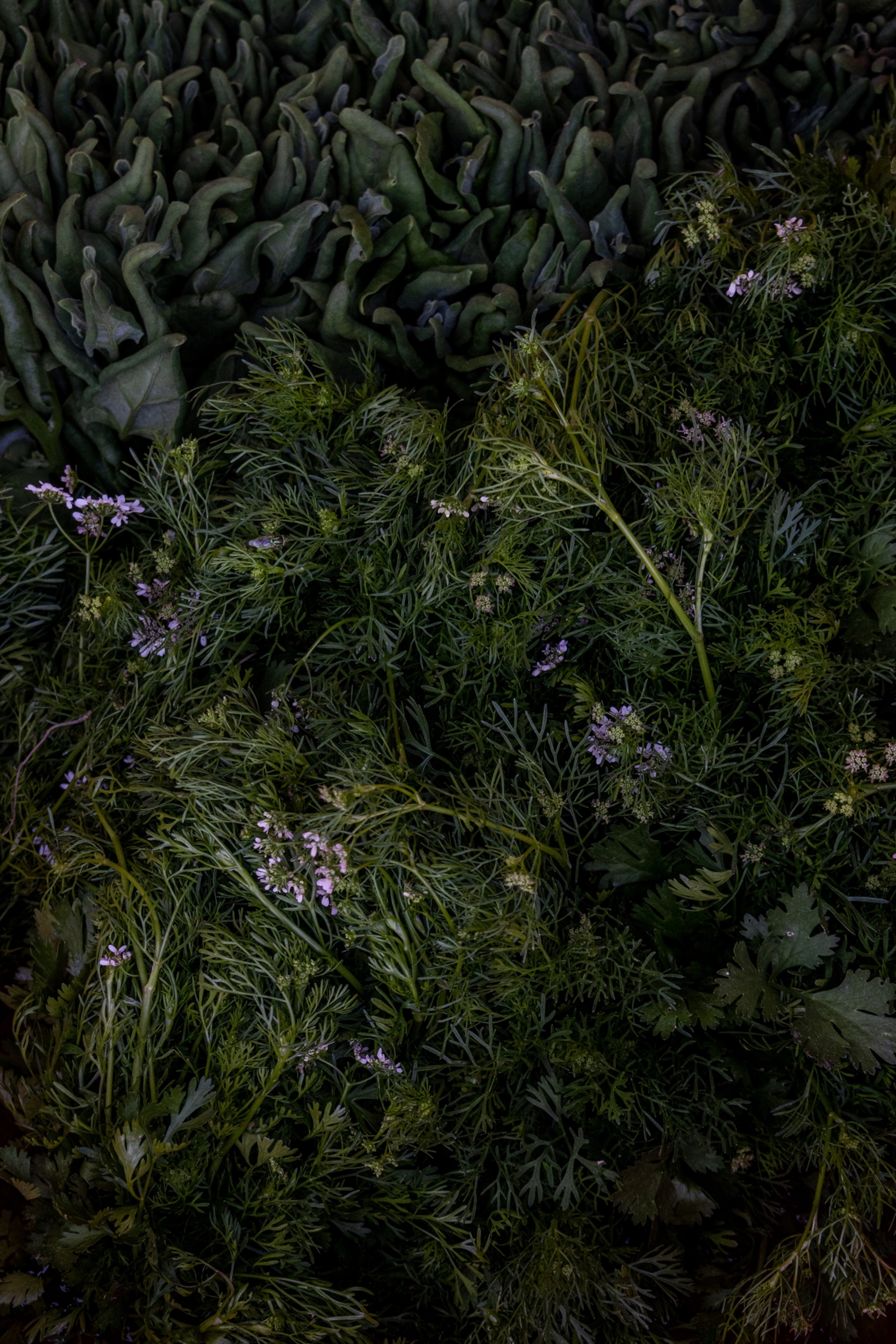
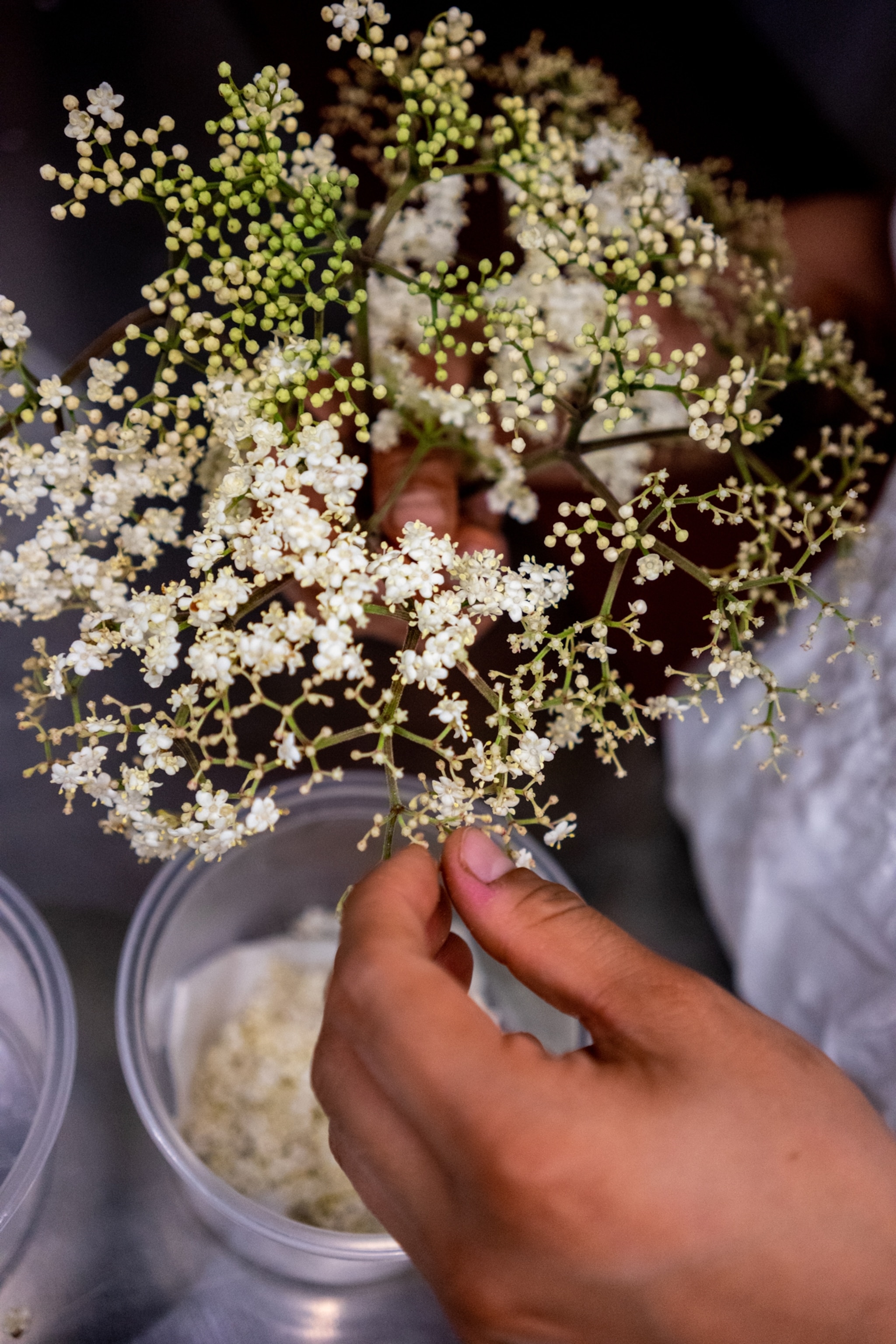
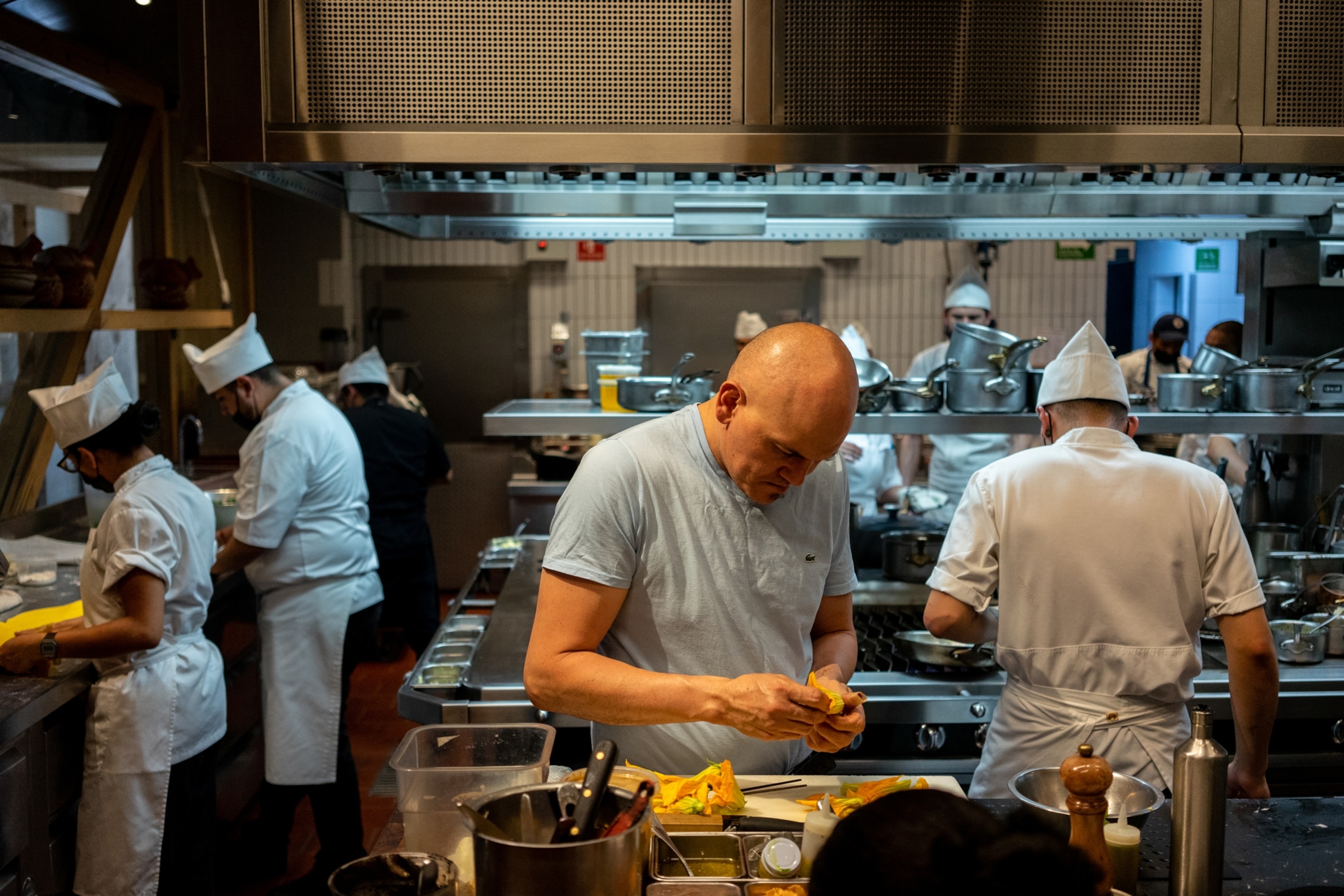
“No one else could find anything, but our canasta still came,” says Rocio García, referring to the basket of produce delivered to her family. She already bought exclusively from chinampas, but during the pandemic, many more Mexico City residents joined her—not just for the practicality, but because they were suddenly thinking more about their health and that of the local economy.
“I think people thought more about their food. They became aware of Xochimilco,” Garcia says.
Chinamperos, many of whom were older and who before had barely used mobile phones, began connecting on WhatsApp. Omar Jimenez, who organizes El Mercado de las Cosas Verdes, a marketplace through which chinamperos and other local producers had begun to sell, stayed up late learning to set up online ordering systems and routes for bike delivery-people. There was a sudden need for marketing and outreach; social media pages became key sites for connecting with customers. The thousand-year-old culture was thrust headlong into the hypermodern world.
Sales roughly doubled for a few months, even as restaurant demand slumped during the lockdown. The Velasco family worked long hours making extra cheese from their goat herd to fill demand. De Valle’s team expanded their planted area on the chinampa, eventually doubling it to an acre.
The crisis underscored a crucial reality, says Rosario Michel Villareal, a food supply chain researcher at the Royal Agricultural University in the UK. “Sustainability is great. But it’s not enough, if you’re not also resilient,” she says—“and going online is what saved [many chinamperos] from losing a livelihood.”

Meanwhile young people, many of whom had long been uninterested in working the chinampas, started to trickle back.
Nicolás Cruz is one of them. He’d grown up among the shining canals of Xochimilco, but before the pandemic he was working odd jobs in the city center. When he heard that a group called De la Chinampa, which supports local growers and organizes agrotourism trips, was looking for help running their own chinampa, it was an easy decision: back to the canals he’s explored his whole life, back to a home on the water and days in the hot sun, back to the deep, dark, rich earth.
In just nine months he took a half-acre chinampa from abandoned to idyllic. An arch of magenta bougainvillea now frames the canoe launch. A neat rectangle of chapínes sprout under a shade awning. A military-neat bed of broccoli flanks one of chamomile flowers, then cabbage, then carrots. It’s a pollinator haven.
Cruz kneels in a dark bed full of watermelon radishes and trims away a fat one with his cebollera knife, short and curved. “I was happy to come back here to work—it’s so much better here,” he says, looking bashfully from under his blue ball cap as he cuts me a radish wedge.
The radish is intensely sweet but with a powerful hit of horseradish spice. A few beds down, he slices off a lettuce and tastes it too. “A little old,” he says, but to a reporter it seems impeccable: the platonic ideal of lettuce, crisp and a little sweet, a welcome bite on any plate.
Vegetable ambassadors
Fourteen miles away, in the verdant neighborhoods of central Mexico City, these lettuces and radishes—along with other chinampa products like verdolagas, or Mexican parsley—fill about half the menu at Maximo Bistrot, a farm-to-table eatery that’s one of the hardest reservations in the city to get.

“I’d love to use more. If it were up to me, it would be 80 percent, 90 percent,” says Eduardo “Lalo” Garcia, the chef and owner. But while diners at the French-inflected restaurant have embraced mostly produce-filled plates, they still want meats, fruits, and other ingredients the chinampas mostly can’t provide.
“This is a social question, about culture, about what we value,” Garcia says.
The chinampas will never again provide the entire city with food, as they once did. Zambrano and other scientists have estimated that, under perfect circumstances, they could account for about 20 percent of the city’s produce consumption. But their value isn’t just food security, says Arca Tierra’s Usobiaga. It’s many things: the culture that Don Victor’s grandchild will learn from him, the local economy that allows Xochimilqueños to stay in their community, the recovering axolotl populations, the migratory birds. And of course, the delight people take in fresh local food.
In the walk-in fridge at Maximo, stacks of clear bins protect crisp, washed lettuce leaves and tiny, twisty carrots shorter than fingers, all sourced from the chinampas in the Arca Tierra network. Later, diners will bite into the intensely flavored vegetables. Knowingly or not, they’ll commune with 1,000 years of history, still alive for now.

